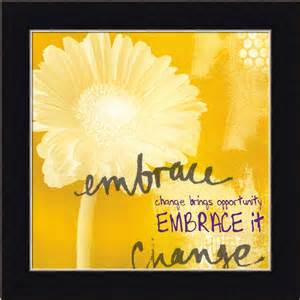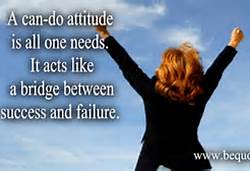I enjoy reading books by Clive Cussler. It doesn’t matter what series – Dirk Pitt, NUMA Files/Kurt Austin, Oregon Files, Isaac Bell, or Fargo Adventure – the lead characters in each are known for ingenuity and resourceful thinking. In fact, in Blue Gold by Cussler and Paul Kemprecos the following dialogue occurs: “Ingenious. How did you come up with that technique?” “It was simply a matter of thinking in unconventional terms.”
No matter how daunting the situation Cussler’s lead characters find themselves in, they in no way allow the situation, problem, or issue to get the best of them; they always come up with a resourceful solution to whatever they are facing. Because of their willingness to think outside of the box, they are never defeated by their problems.

While mulling these thoughts, the following quote kept coming to mind: “You don’t drown by falling in the water. You drown by staying there.” Edwin Lewis Cole provides us with this sage advice and it is a great reminder that it isn’t our problems that defeat us (falling in the water), but rather our inability to come up with an unconventional, unique, resourceful, divergent solution (just staying put in the water).
Isn’t this how we sometimes feel when we are facing or dealing with change? It isn’t the change itself that may get the better of us. It is our inability or our unwillingness to deal with whatever changed; to deal with the shift out of our comfort zone. It is when we stay rooted in the same spot that we run into trouble. When we stay focused on the situation at hand and feel there is nothing we can do about it and keep thinking that way, we are doomed because those thoughts become reality. (It’s the ol’ self-fulfilling prophecy.)

When change turns our world upside down, it is very important to try and “right side” our world by finding a way or ways to make it through the challenges the change presents us. We need to tap into our ingenious self so we can be inventive, creative, and divergent in coming up with a way, with a solution to move us “out of the water.”

Resourcefulness is about optimizing what we have to work with. It is not just about creating something new; it also applies to making old things work better or work to our advantage. So, what can we do to tap into our resourceful, our ingenious self?
Give yourself the “third degree.” Ask:
Is there another way to get what I want?
Is the desired result really the best result?
Who else has information that might help me?
What is something very similar to what I need that might also work?
Who is the expert in this area?
What is one more thing I can try?
Is there more than one way to look at or deal with the issue?
What would someone I admire do in this same situation?

Maintain an open mind. Being open minded about new possibilities is critical to implementing resourcefulness. Develop a curiosity about things. Expose yourself to new ideas and new experiences.
Question tradition and habits. Sometimes the way something is always done (habits, traditions, learned rules) can be a “block” to being ingenious or resourceful. Sometimes creativity requires us to go beyond the conventional.
“Don’t worry…be happy.” As Bobby McFerrin’s song says, “Don’t worry…be happy.” The more relaxed we are, the better we will be able to think creatively. We need to take the stress and pressure off of ourselves.

Don’t reinvent the wheel. Look for a solution that someone else has already created. Start there and tweak what is out there to fit your needs.
Make your network work for you. Build and maintain a network of people you can call on for questions and support.
Practice seeing things differently. A cloud is just a cloud is just a cloud. Not so. Really look at clouds. There are so many different shapes and figures.

Develop a creative uses for common things list. Take an object and think of all the potential uses for it: traditional, standard, absurd, silly.
Ask a young child for suggestions. Children are naturally unconventional thinkers. When trying to be innovative, a young child’s take on an issue (presented to them in a way they would understand) might provide a spark of creativity that provides just what is needed for the issue at hand.
Practice kaleidoscopic thinking. Take all the pieces for the situation (write out the pieces on index cards) and play with arranging them in different configurations.

Gain a fresh perspective. Visit someone or someplace to experience something different from the norm. This may provide new ideas or a way of taking the ‘kaleidoscopic piece’ of one’s life and helping with the rearrangement. Talk to someone who has a totally different point of view on the issue or situation. (Think of the story of the blind men and the elephant. Depending on what part of the elephant was touched, the perspective on what the elephant was like, differed. Look at the pieces of the situation in this manner to help gain other perspectives.)
Being ingenious, being resourceful will definitely help us avoid the “deer in the headlights” syndrome when change has us floundering “in the water.” It will give us an edge in problem solving and in meeting challenges. So, the next time change ‘knocks you in the water’ think in unconventional terms to help you ‘get out of the water’ and into a space in which you are comfortable and can work through any challenges the change presents you.


















